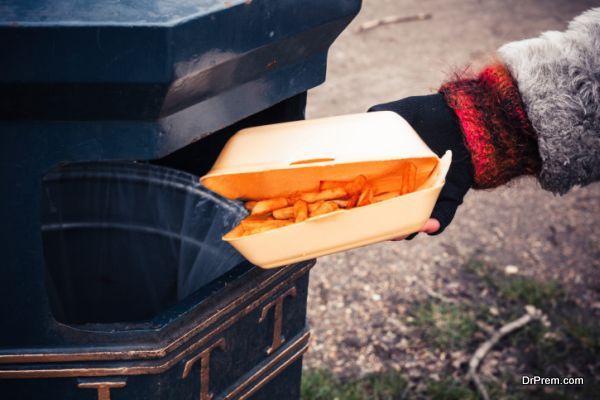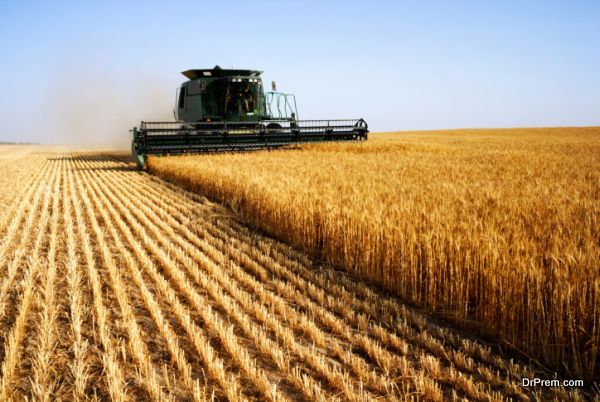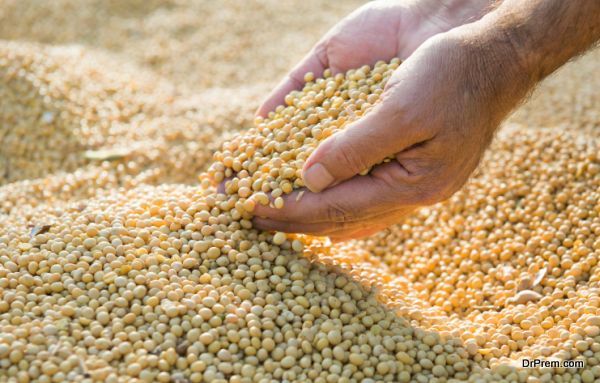Shockingly, over 24% of food produced worldwide goes to waste on a daily basis. With the world’s population well on its way to reach the 9 billion mark by the year 2050, the time has come to start taking preventive measures in order to reduce wastage of food on a global scale. A number of organizations have come up with effective strategies that would help individuals as well as entire communities achieve this goal, albeit without losing too much time or money in the process. Here are some of those strategies explained.
Improvise storage methods

A lot of food that would otherwise go to waste can be effectively saved via simple and low cost, but highly effective storage solutions. This is more applicable to small scale farmers who usually lose food and produce to spoilage, pests, transportation, etc.
Consider the storage solution offered by the researchers at Purdue University for example. The system stores grain in three interlocking plastic bags to ward off pests and keep the produce fresh for even months on end. Another example is that of the metal storage silo that has been developed by the Food and Agriculture Organization. These small metal storage containers have been instrumental in cutting down food loss in this phase to nearly zero. Simple tactics like substituting plastic bags and sacks with plastic crates can also help reduce food loss during transportation.
Reduction in Portion Sizes

Most of the restaurants worldwide tend to serve huge sized portions, most of which goes to waste at the end of the day. The same can be said for buffets as well. One way to thwart food loss due to this is to encourage the restaurants to serve smaller portions of the menu items.
Enhanced food date labels

A lot of confusion goes into correctly interpreting a food label. Many of us cant make out the difference between ‘best before’, ‘use by’ or ‘sell by’ dates. In most cases, this leads to a lot of good food being thrown out mistakenly. In fact, confusing food labels lead to the loss of one fifth of the food that is thrown out.
An effective way to end this confusion is to do away with multiple labels and stick to just one that says ‘use by’. For instance, labels like ‘sell by’ dates that give information to the retailers as well as ‘display until’ dates that give information to the grocery retailer, can all be scrapped off the food packaging to give way to one ‘use by’ date which would let individuals know when they need to throw out the food.
Promoting Food Wastage Reduction via Entities

Creating separate bodies or entities that encourage and promote entire communities to reduce food wastage is considered as a good way to reduce waste. For instance, an entity called WRAP works along with the government and private businesses to promote waste reduction in developing countries. The tasks undertaken by this entity include encouraging factory owners to minimize waste during operations, grocery retailers to reduce waste in their stores and the public to reduce household food waste.
Redirection of food

The sad thing is that while a lot of good food is being wasted on one end of the earth, another end is literally going hungry without it. In this case, adopting strategies like food rescue and food transformation can help redirect excess food from one place to areas where it is needed. For instance, the Spoiler Alert app is an online marketplace that helps offer real time exchange information of excess, spoiled and expiring food. Another app called Love Food, Hate Waste helps educated households on how to cook meals with leftovers.
Redistribution of food

In some cases, a farmer may get more produce than he/she wanted and would not have enough money to harvest the entire field. In other cases, a grocery retailer may have ordered too much of an item and would not be able to sell it. In order to prevent all this nutritious food from going to waste, one can opt to redistribute it to food banks and other outreach groups. For instances, Australia’s SecondBite helped redirect over 3000 metric tons of food to food banks across the nation in 2012.
Increased interest and investment in post harvest loss reduction

Not many are aware of the fact that when it comes to developing countries, most of the food loss tends to happen at the farms where the food is produced. However, lack of government initiatives means these farms get only 5% or less of funding that helps minimize post harvest loss. Increased interest as well as investment in this area would therefore, help prevent food loss in these farms to a great extent.
Summary
Millions of tons of food go to waste every year owing to myriad reasons like confusing food labels in grocery stores and post harvest losses in farms. The tips mentioned above would help individuals as well as their communities join hands and minimize food wastage so that the world is still left with plenty of food to share with every one once its population hits the 9 billion mark.


